Support the Bees & Save the World: by Gus Stewart
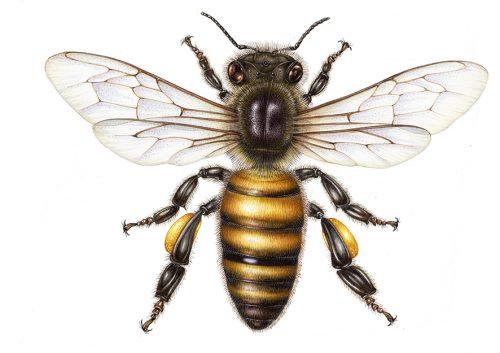
Support the Bees and Save the World by Guest blogger Gus Stewart. (For Gus’s guest blog on creating an eco-friendly lawn, click here)
Bees and food
Apples, peaches, pears, strawberries, onions, hazelnut, green beans, celery, coffee, watermelon, walnut – no, this isn’t a grocery list. These are just a few of the fruits, vegetables, and nuts that we will lose if the bee population continues to decline. While you might have thought that humans were responsible for food production, it is in fact the bee that holds the key. Without bees the world would look drastically different, but there are ways you can help.
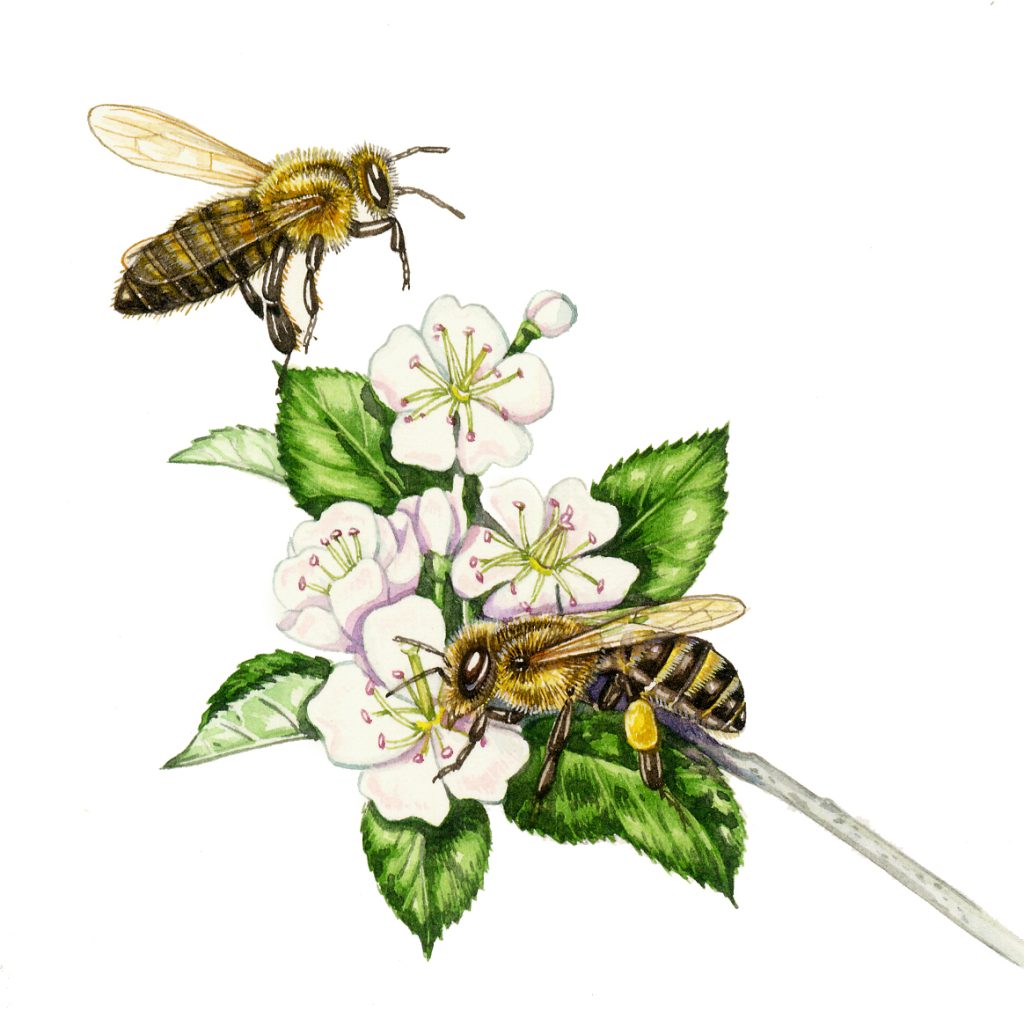
Bees pollinating Pear blossom
A Continuous Circle
You probably learned about pollination in elementary school, but do you remember what it is? Pollination is the transfer of pollen from the male part of the flower to the female part, resulting in fertilization. However, bees aren’t pollinators by choice – their life depends on it. Female bees spend their life hopping from flower to flower, collecting pollen and nectar to feed themselves and their offspring. Pollination comes as a byproduct of the constant moving. Pollen sticks to their feet and abdomen, turning them into a pollen vessel. Flowering plants benefit, as bees typically stick to one type of flower at a time, allowing for successful fertilization.
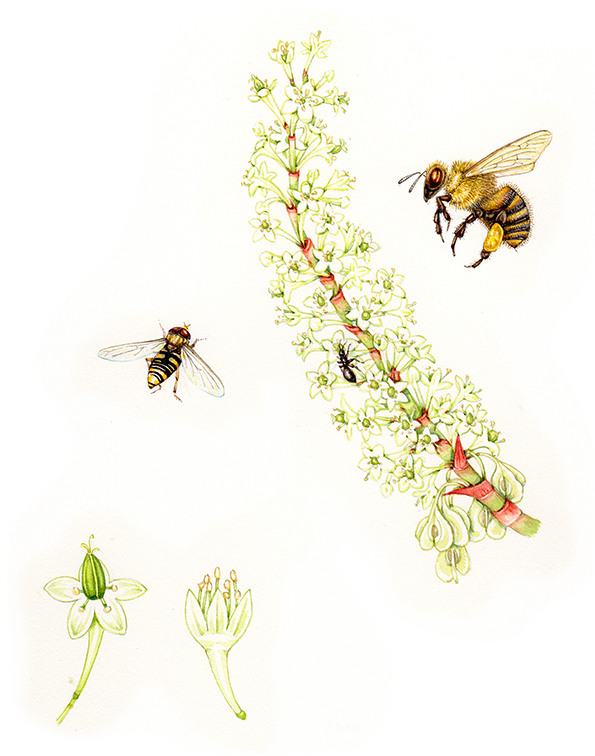
Bees pollinating Japanese knotweed
The Situation is Serious
Can a bee really make that much difference? Almost a third of global food crops depend on pollinators such as bees. Pollinator-dependent foods generate a large share of our necessary vitamins and minerals. In addition to delicious food, they help the economy, and without them, some would fail. For example, many developing countries depend on crops such as coffee and cocoa for profit. Any loss in productivity is detrimental to their livelihood and ours, as the number of imported produce to the United States continues to increase. If one area suffers, we all suffer.
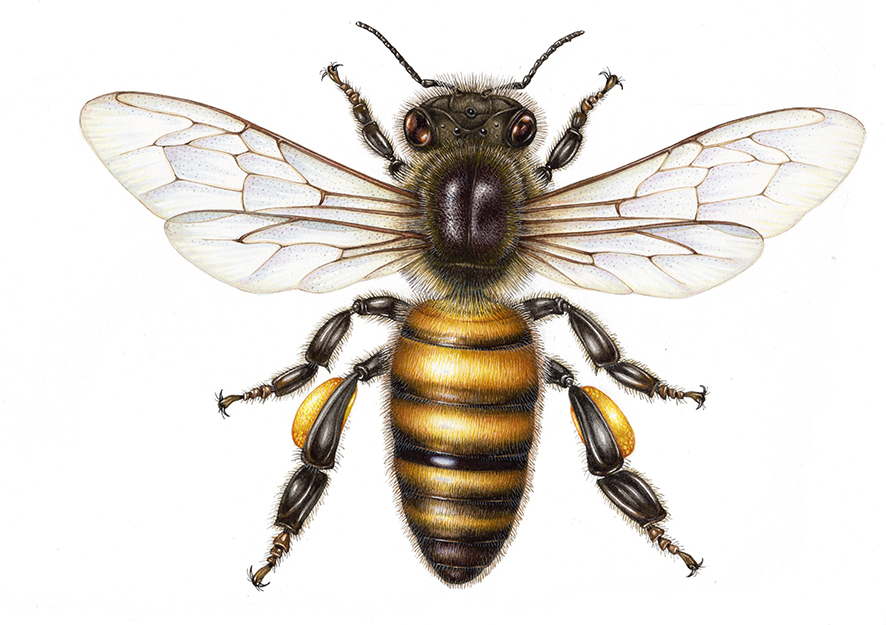
Worker honey bee
Who is to blame for the declining bee population? Unfortunately, we are. Intensive farms with fields solely devoted to a single crop are useless to bees when the plant isn’t in bloom. The various pesticides used to kill weeds leave bees with nothing to supplement their diet during the offseason, and if starvation doesn’t kill them, the toxic chemicals will. As if their poor nutrition isn’t enough, the movement of produce introduces diseases and viruses that are easily spread between colonies.
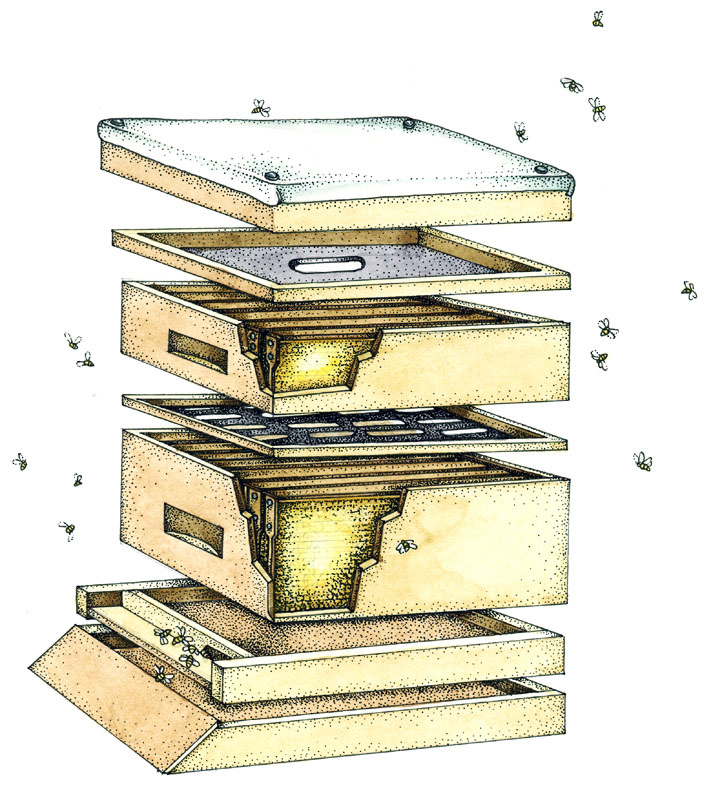
Cross section of a bee hive
You Can Help
The good news is that there are several ways you can help the bees. Like us, bees (mainly honey bees), need water to drink. Create a source of water in your yard using a bird bath or small dish with rocks or pebbles for the bees to land on. Consider creating your own garden with plants that attract bees. Opt for single-petal plants, as it is easier for bees to access the pollen and nectar. Surprisingly, bees have color vision similar to ours, but it is shifted toward ultraviolet, making it hard to see red since it is in the same wavelength as green. Use distinct colors such as yellow, violet, white, purple, or blue. While each plant will need a certain amount of space depending on how big they will get, plant in swathes. It is best to have at least three feet of single species since bees tend to visit the same plant over and over, therefore reducing their search time.
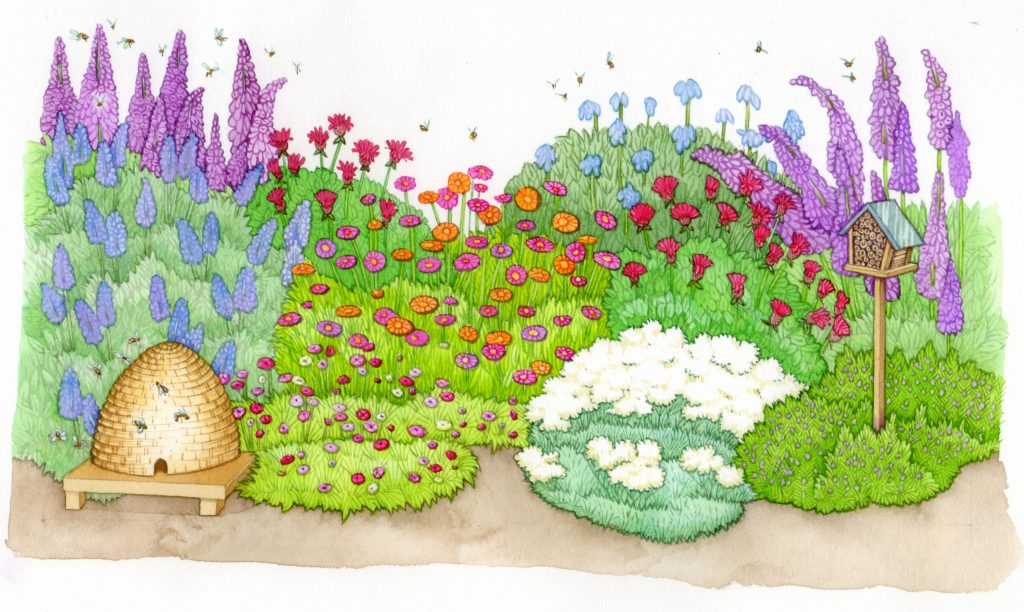
Garden for Bees . For National Geographic Books 2016
In order for the garden to benefit both you and the bees, pick your favorite edibles. If you are unsure about what will thrive in your climate, talk to other gardeners for advice or find a local beekeeper organization. While you might be pre-programmed to automatically remove any weeds that sprout up, weeds are helpful to the bee population, as it is one of their main food sources. You don’t have to let your yard or garden get overgrown, but a few here and there certainly won’t hurt.
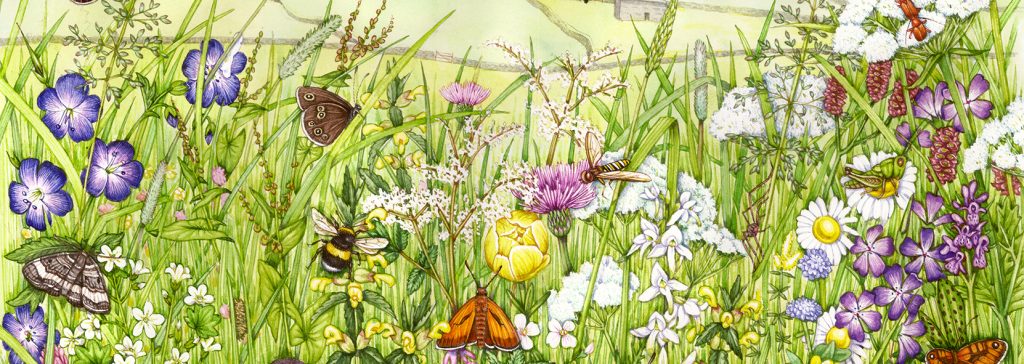
Wildflower corner (or “weeds”) need not be unattractive in a garden (Detail from Hay Meadow illustration for BBC Wildlife Magazine)
Bees depend on flowering plants for nutrition, and plants depend on them for pollination. Keep the cycle going by making small changes such as planting a bee garden or putting up a bee box. Even the smallest effort goes a long way.
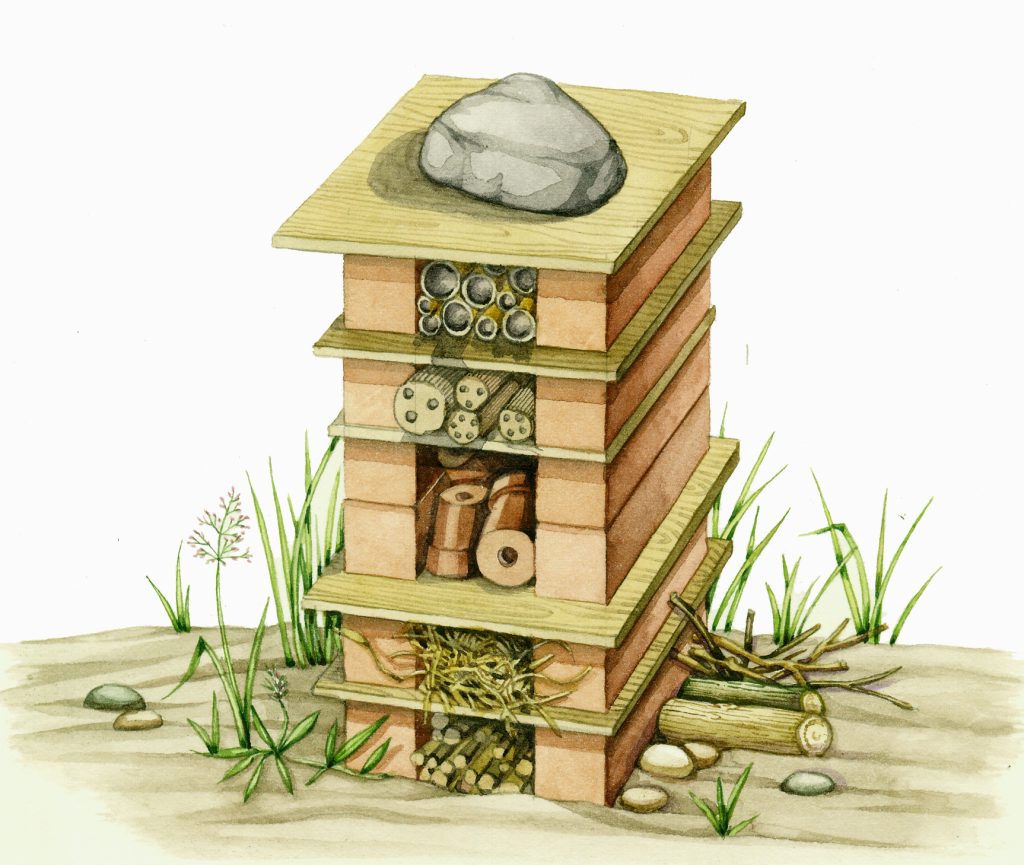
Wildlife tower which is easy to build and encourages bees
Guest Blog generously supplied and wirtten by Gus Stewart of Gardenable . Illustrations by yours truly.


Würden sie mir die Lizenz für diese Honigbiene (Arbeiterinnen) verkaufen würde es gerne für meine Etiketten, Flyer, Web Seite verwenden?
Kosten inkl Mwst. falls sie mir die Lizenz für die Benutzung ihres Bildes verkaufen würden.
Hello Petra
Thanks for the comment. With licensing requests, the best idea is to email me on info@lizzieharper.co.uk.
To get you a price I’d need to know where you would use the illustrations – Google translate suggests you want it on your website, flyers, and labels? Like a logo? If so, Ill need to know what size your company is, how many years you would like to use the illustration for, and in what geographical territories? If you’re selling a product, an estimate of how many units per year would feature my image, and what percentage of the label would feature the bee would be useful. As the bee is already in the public domain, it wouldnt be able to be an exclusive use Im afraid.
Sorry it’s all so technical, these licensing agreements are a bit fiddly.
If you’re still interested then do please email me on info@lizzieharper.co.uk?
Many thanks
Lizzie